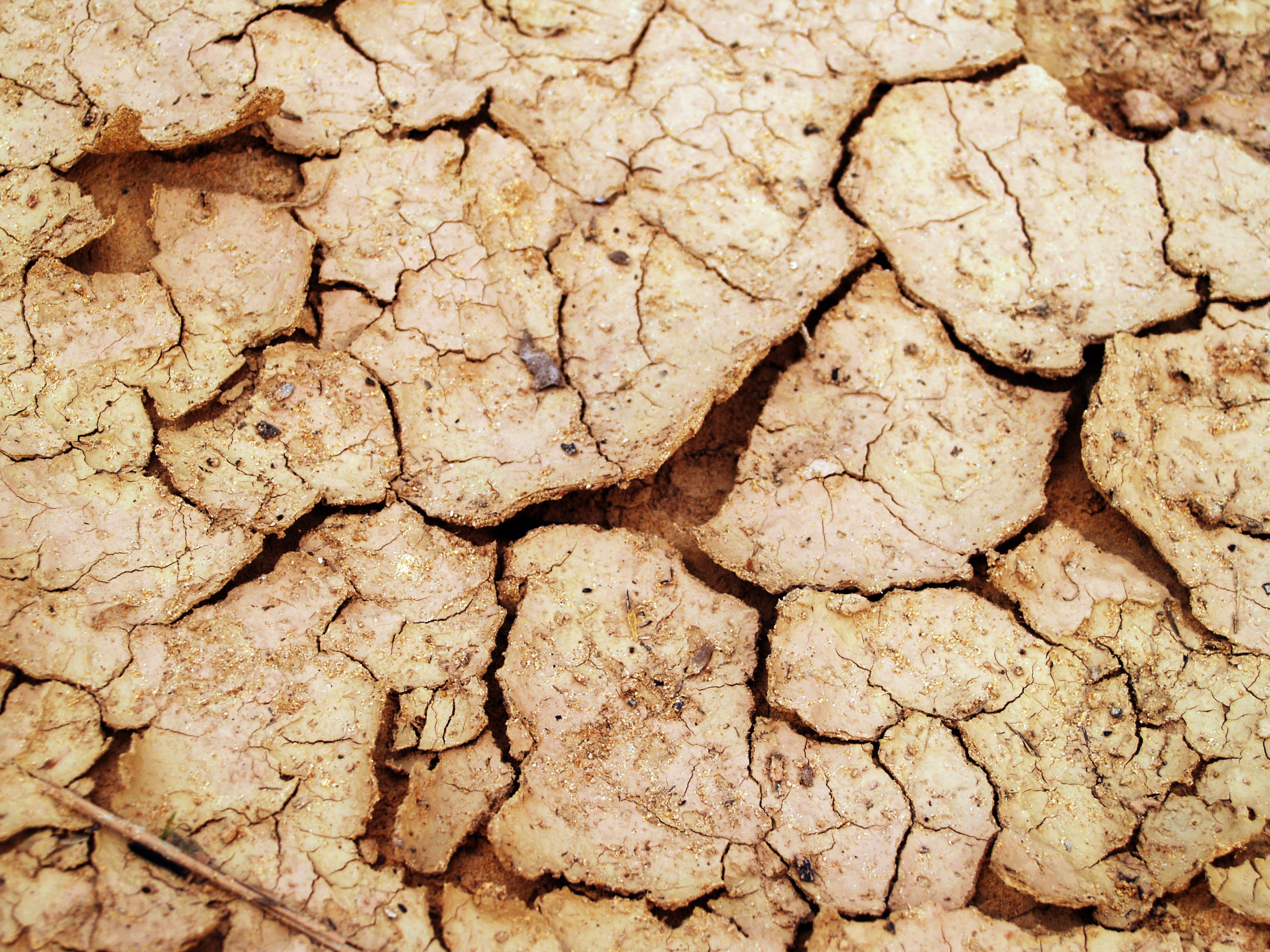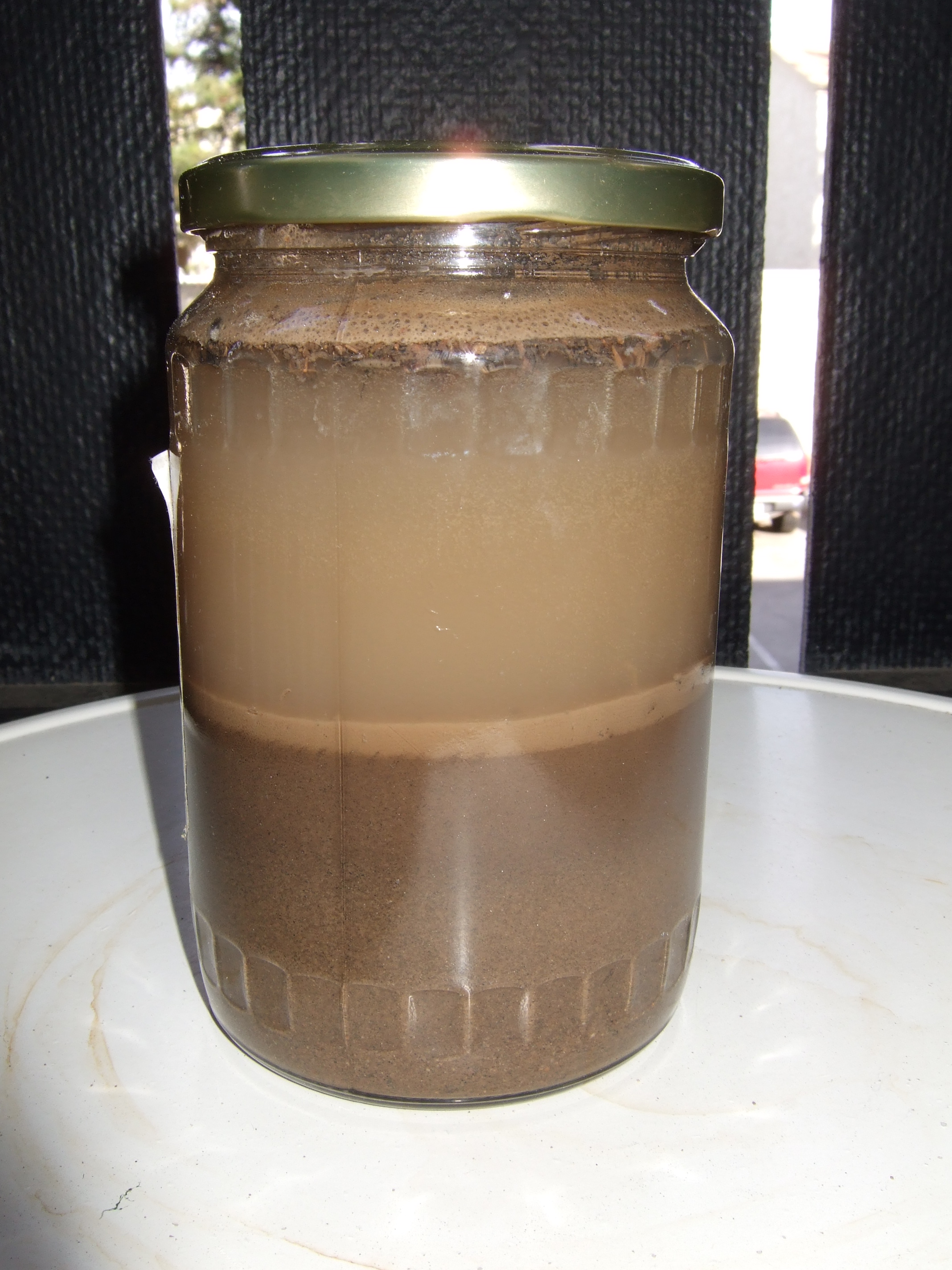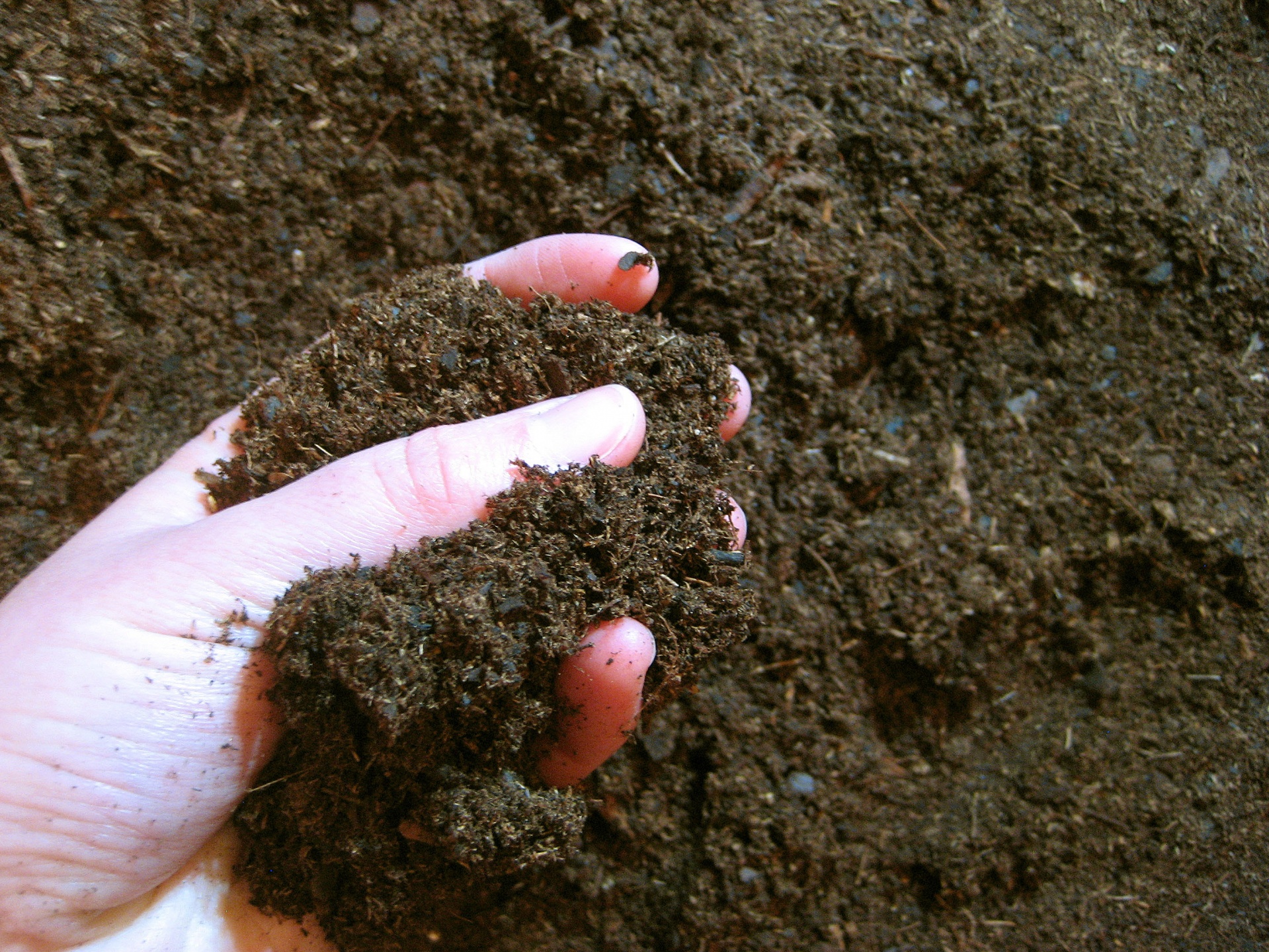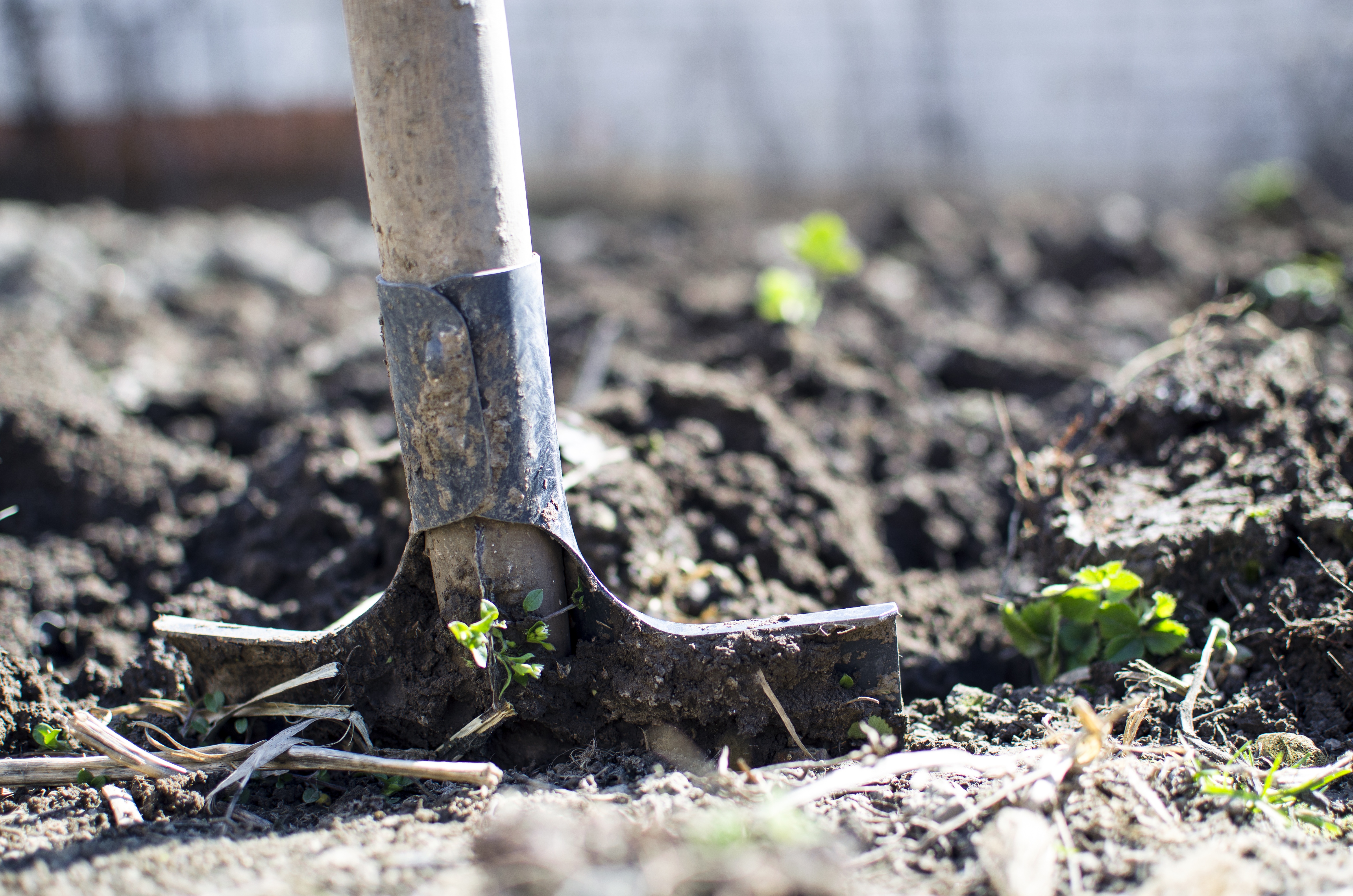If I were a soil scientist (and that does take a huge stretch of your imagination), I would be presenting you with a list showing the taxonomy of 12 different soils, all having totally unfamiliar and unpronounceable names. Each soil group would be determined by one or two major characteristics chosen for how the soil is primarily used. The descriptions of the 12 would point out everything from their common characteristics and minute differences to their percentage in the world’s total land surface. It’s interesting information but a little overwhelming to retain for common gardening knowledge.
Fortunately, I am not a soil scientist and I won’t be handing you a list of 12 soils to memorize. As much as I appreciate the precision of the classification system for research, there are only a few soil types that we really need to know and understand in order to be successful in our own yards. Those four main soil types are sand, silt and clay which, when the previous three are mixed together, form the fourth type, loam. Each has a different texture, different characteristics and often different colors.
Sand has large particles and is mainly made up of minerals. Because of the large particles, sandy soil allows water and nutrients to quickly pass beyond the reach of most root systems. If you rub a clump of damp, sandy soil between your fingers, it will feel rough and grainy.
Silt has smaller particles than sand and tends to be sticky when wet. It holds water longer than sand, but can lose nutrients to excess water. Dry slit can feel like flour when handled. It can be rolled into a ribbon shape when moist, but won’t hold together very well when handled.
Clay has the smallest particles of all three, is sticky when wet and smooth with a hard crust when dry. It can be rolled into a ribbon shape when damp. If the ribbon holds its shape when it is held upright, then it has a high clay ratio. Clay soil feels heavy.
Loam is a combination of sand, silt and clay and has a satisfyingly soft, crumbly feel to the hand. Like silt, when moist loam can be formed into either a clump or a ribbon, but will easily break apart.
Each of the four type differs in its ability to hold nutrients, move water throughout, hold water and hold air. The chart below ranks each by characteristic.

Because each soil type has its own set of characteristics, it seem like it should be easy to identify which soil you have and which issues you face. The reality is however, that soils not only typically exist in combinations, but there are often a variety of soil types in the same yard and even the same planting beds.
To help in the soil identification process, the Natural Resources Conservation Service of the USDA has a tool to help people determine the type they have. The pyramid, shown below, looks complicated at first glance, but is simple to use. (Click to enlarge)

First, take a soil sample and determine the percentage of each soil type. (Directions at the end of the post) When you have the approximate amount of each, find the percentage of the soil type along the appropriate axis and follow the direction of the line. (Clay lines run horizontally across the diagram, silt lines run diagonally downward to the left and sand lines run diagonally upward to the right. Do this for all three soil types, and then note where the three lines intersect. The intersection point identifies the actual soil type you have. Referring to the chart above gives you clues as to its characteristics. From there you can determine its needs and figure out how to improve it. .
An ideal soil for most gardeners is a loamy soil, which has nearly equal part of sand and silt and a smaller amount of clay. (40%/40%/20% is perfect) Few of us are lucky enough to have rich, loamy soil throughout our properties, so we need to do what we can to improve and then maintain our soil.

Adding organic matter helps increase the microbes necessary for healthy soil.
In most cases, the way to improve the existing soil type is to consistently add nutrient rich organic matter. The first year, mix in 3 to 4 inches of compost. Every year afterward, add another 2 inches of compost. With sandy soil, spreading a layer of mulch after planting will help retain moisture in the soil.

Adding sand to clay without adding organic matter at the same time results in a concrete-like substance.
Soils with especially high percentages of clay can be difficult, if not nearly impossible to markedly improve. Organic matter is necessary, but for a highly clay soil, it is better to add the organic matter in the fall, working it down 6 or 7 inches if possible. Adding an additional two inches of sand can also benefit clay soil, but it must be added at the same time as the organic matter. Combining only sand with clay will result in a cement-like mixture even worse to work with than clay soil. It may take several years to improve the texture of clay soil.
I recently read an article that compared soil to the foundation of a house. If the house’s foundation is solidly constructed, then the house has a firm place to stand. A poorly constructed foundation means constant problems with the house. Poor soil provides a weak foundation for plants. Whether we are planting trees and shrubs, flowers, vegetables or turf, they simply will not flourish in poor soil. On the other hand, if the soil is a “firm foundation” — if it is a healthy mix of sand, silt and clay — then your plants will have what they need to grow and thrive.
Join us Thursday as we continue our soil series, beginning our exploration of the benefits of a program designed to feed the soil and to make needed structural changes in an environmentally friendly manner.
TESTING FOR SOIL TYPE

- Gather several cups of soil from the area/areas you wish to test.
- Place on a flat surface and let it thoroughly dry out.
- When it’s dry and crumbly, take out any stones, pebbles, sticks, leaves etc and crush into a powder.
- Place 1 inch of the powder in the bottom of a quart-sized glass jar with a lid.
- Fill the jar ⅔ full with water and add 1 teaspoon of liquid dish detergent.
- Shake the contents for several minutes.

- Without handling, allow the mixture to settle into layers.This can take several days.When settled, you should be able to see distinct 3 layers. Sand will be the bottom layer, silt the middle and clay the top.
- When you are sure that the mixture has completely settled, measure the total soil amount and then each of the layers. Calculate the percentage of each layer and then refer to the soil pyramid for the actual type.








